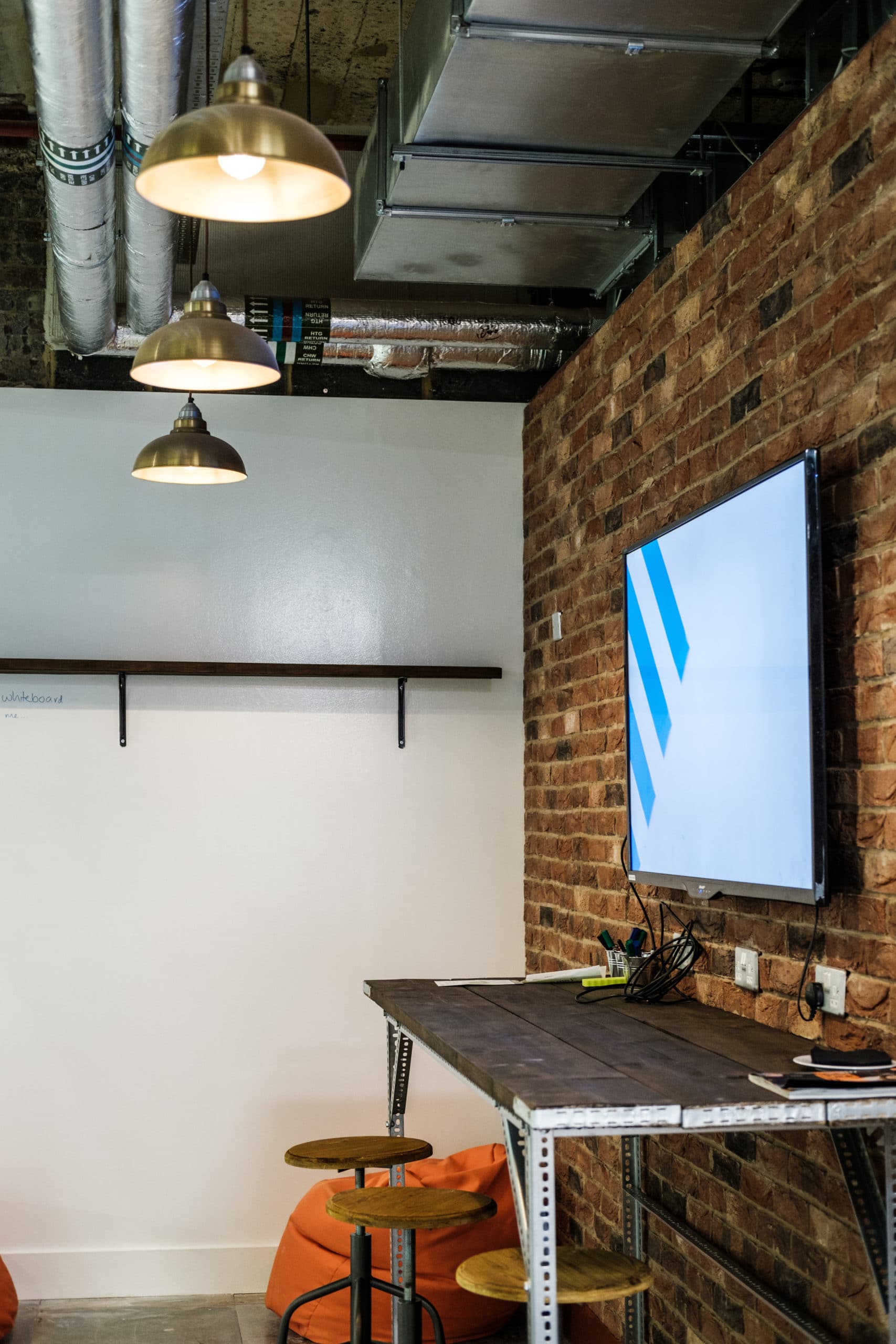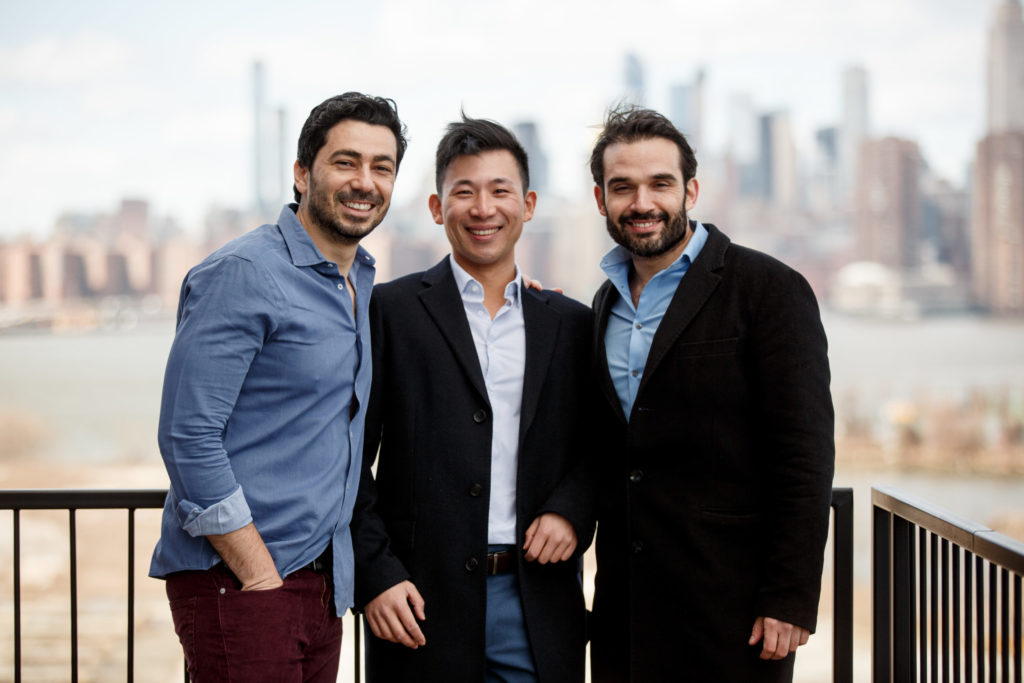Each year, our team meet with hundreds of companies in order to build our cohorts and identify other investment or partnership opportunities. We often get asked for details about our MDR Lab Improve programme, how it works and what to expect. We thought it would be a good idea to unpack exactly what happens over the course of a Lab programme.
Firstly, our programmes have one core goal: to help early-stage Legal Tech companies improve their products and find product-market-fit. We look to do this over the course of a very intense (and fun) 3-month period, in our London offices in Holborn. We now have a tried and tested model which we have used over the course over the last 5 years, during which time we have incubated nearly 30 companies from all over the world, signed 9 enterprise licenses and invested in 4 of the businesses.
But how does that play? Here’s a breakdown of how MDR Lab actually works.
You can hear direct from some of our founders about their experience participating in the most recent programme!
Before you join
Engage mentors
During onboarding and initial conversations, we curate a network of internal stakeholders and mentors who have experience in the problem space and/ or interest in working with emerging technology to solve it. This includes lawyers (who represent the end user), members from our strategy team, including transformation experts (who are embedded in the business and help implement and drive adoption of new technology), data scientists (who can identify relevant data sources and insight to support with product features and integrations) as well as a larger pool of business and subject matter experts. We also make sure to appoint a lead sponsor from within their relevant department(s) to be responsible for making introductions, coordinating with other mentors and helping raise awareness within the department.
Agree product objectives:
As part of these initial conversations, we also spend a lot of time trying to understand what the founders are trying to achieve during the programme from a product perspective and translate these into a clear set of objectives and targets for the programme. Our programme team then takes this and creates a plan for the programme to help the companies ensure they achieve these goals during their time with us, which is monitored by key people throughout the programme.
It is important to mention here that we only bring in companies that can satisfy these two steps. If we can’t generate interest internally or figure out what we would do if we spent a series of weeks together, then the programme might not be a fit for that company. But that doesn’t mean we have to stop talking and we often try to find other ways to help these start-ups too.
During the programme
Phase 1 – Hunt for insight
Once the programme is live, the Lab team then set up a weekly cadence of meetings for each company and their mentor groups (many of whom they will have met during onboarding). These conversations provide participating companies a chance to demo their products, test assumptions, map processes, canvass opinions about design, features or general thoughts or ideas about the problem space and required solution. We really try to create a regular cycle of testing and feedback and a safe environment to further develop products.
During this phase, we challenge our founders to try and find the key piece of product insight that is likely to lead to people using the product and help the company progress against their objectives. This could be identifying and refining the use cases to focus on from around the firm, gathering requirements for new features, functionality or integrations, or figuring out how the product can fit into an existing workflow or process.
Phase 2 – Iterate towards problem/ solution fit
The first phase culminates with a “Mid-way presentations. This checkpoint has proven to be a great way for founders to present their progress to an internal group of senior decision makers and lead mentors to make sure that everyone is aligned and in agreement on the opportunity and the metrics that matter.
Phase 2 is then where we take all the learnings and put them into practice. We continue to hold our weekly cadence of meetings and continue to help companies build and sustain more focused momentum, hit the relevant milestones and capture the relevant data points by the end of the programme.
Towards the end of the programme, we also start working with founders to help then bring together all that they have learned during the programme and start to sketch out a potential business case for using the product across the Firm, so that founders are well-prepared for a second round of conversations with stakeholders to discuss partnership and other commercial opportunities.
Throughout the Lab
Throughout the programme we also design workshops to meet the needs of the companies with our internal, external and alumni network so that the companies get exposure both internally and externally to the market and get the chance to learn from peers and companies who are a little further along. We also try and find ways to raising awareness of our companies across the firm by hosting or attending various events that take place in the office, and our founders always tell us how great it is to be in the office, close to the target customers…and free coffee machines!
If you would like to learn more about MDR Lab we would love to hear from you at mdr.lab@mishcon.com.




